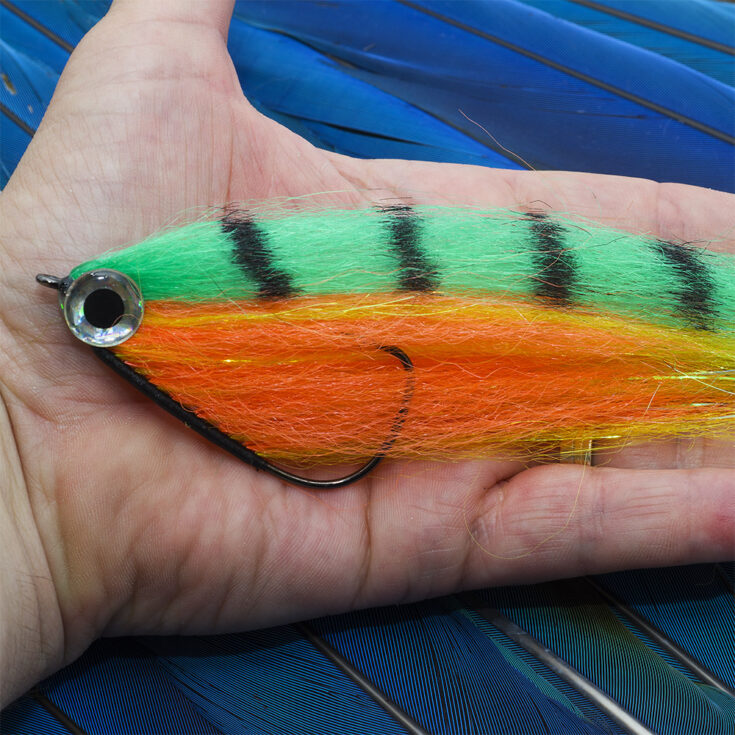
When it comes to fly fishing for pike, selecting the right flies can make a significant difference in your success. Pike are aggressive predators, known for their ferocious strikes and powerful runs, so your fly selection needs to be both enticing and durable. Here are some key tips for choosing the best pike flies when using a fly fishing rod with a floating line.
1. Size and Profile
Pike have large mouths and prefer larger prey, so opt for substantial flies. Flies that mimic the profile of baitfish, frogs, or other small aquatic creatures are ideal. Look for flies in the 4 to 8-inch range to draw attention.
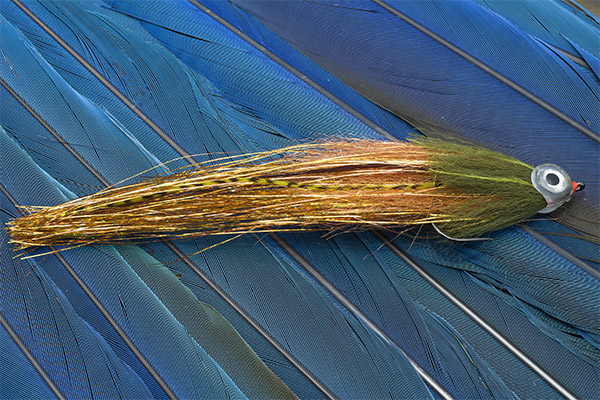
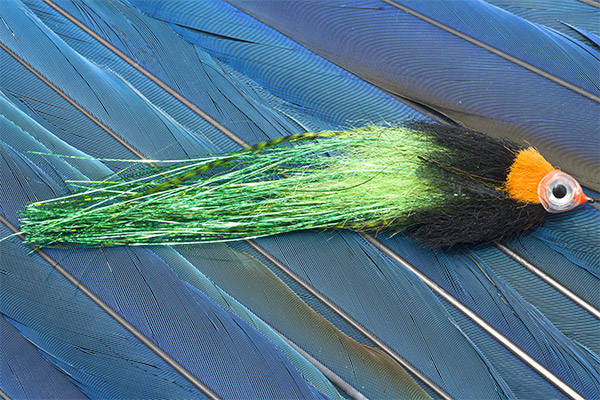
2. Color
Color plays a crucial role in attracting pike. Bright, flashy colors like chartreuse, red, white, and yellow are effective in grabbing their attention, especially in murky waters. Natural colors like olive, brown, and black can also be effective in clear waters or on bright days.
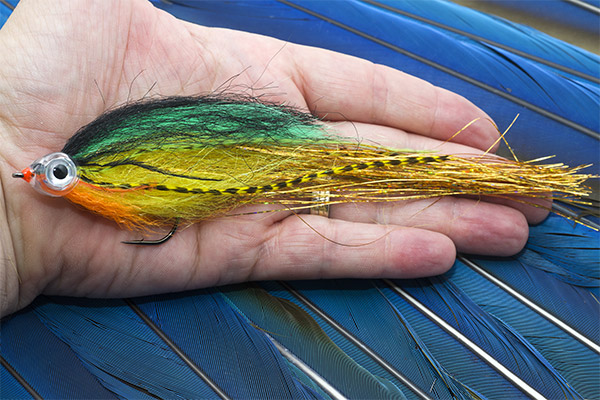
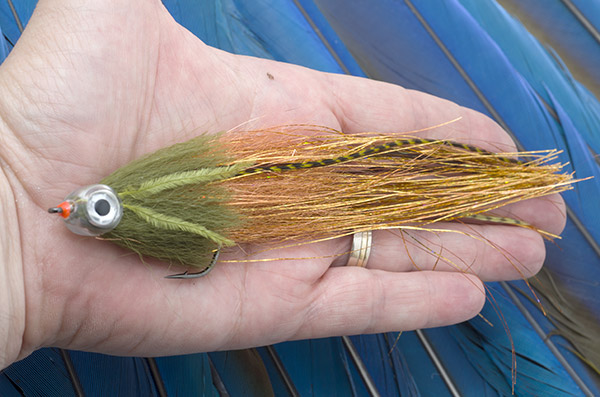
3. Movement
Choose flies that offer a lot of movement in the water. Pike are attracted to erratic, lifelike action. Flies with marabou, rabbit strips, and other mobile materials are excellent choices. Articulated flies, which have jointed sections, also provide enticing movement.
4. Buoyancy
Since you’re using a floating line, ensure your flies are designed to stay within the top few feet of the water column. Flies with buoyant materials or those tied on lighter hooks can hover just below the surface, making them more visible to pike patrolling the shallows.
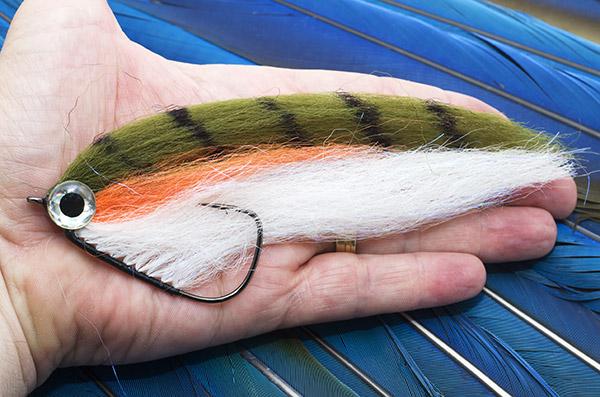
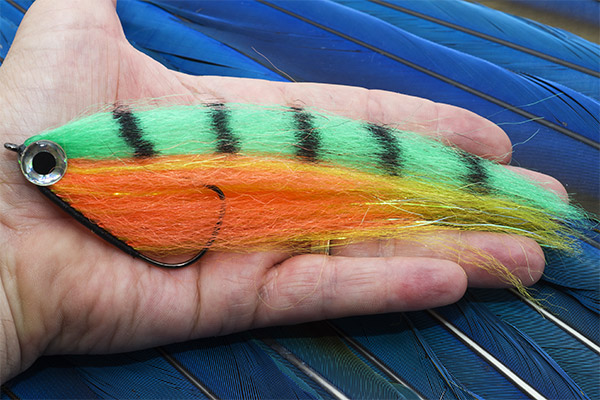
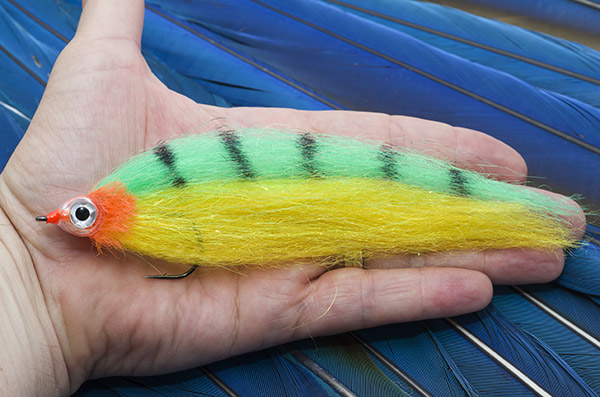
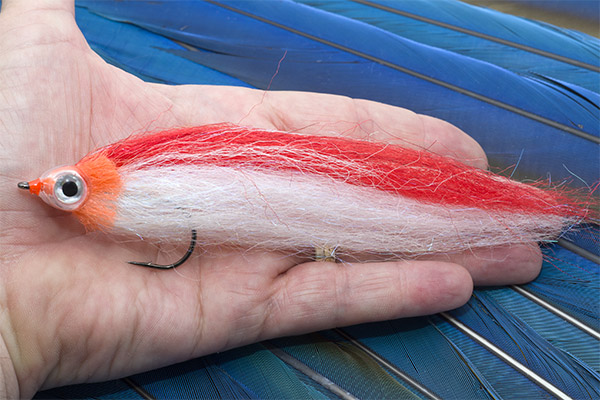
5. Durability
Pike have sharp teeth that can shred flies quickly. Choose flies tied with strong, durable materials and secure tying techniques to withstand multiple strikes. Synthetic materials can offer extra durability compared to natural ones.
6. Type of Flies
Here are some popular types of pike flies to consider:
- Streamers: These imitate baitfish and provide a lot of movement. Patterns like the Clouser Minnow, Deceiver, and Bunny Leech are classics.
- Topwater Flies: Patterns like poppers and divers can create a surface commotion that pike find irresistible.
- Subsurface Flies: These include flies that swim just below the surface, such as the Pike Bunny or the Tinsel Fly, which are perfect for a floating line setup.
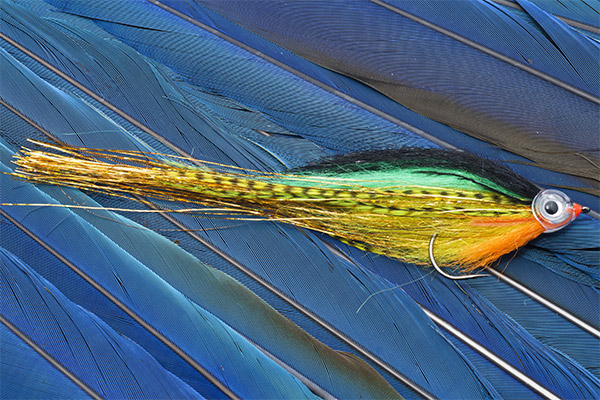
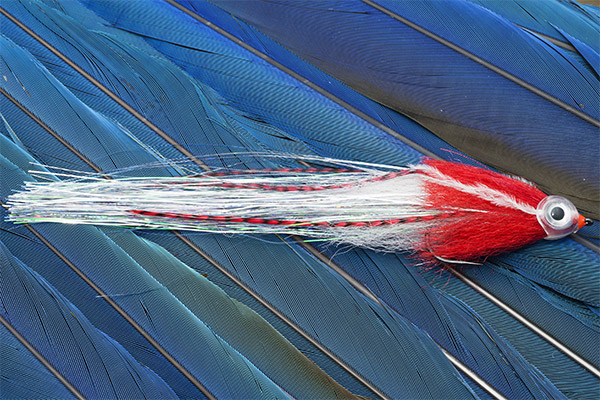
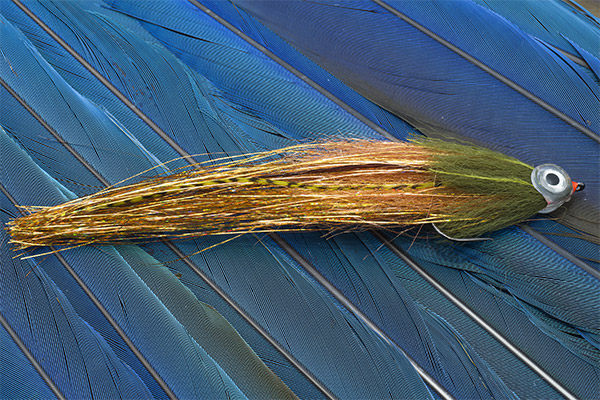
Conclusion
Choosing the right pike flies for fly fishing with a floating line involves considering size, color, movement, buoyancy, and durability. By selecting the right combination of these elements, you’ll increase your chances of a successful and enjoyable pike fishing experience.

Leave a Reply